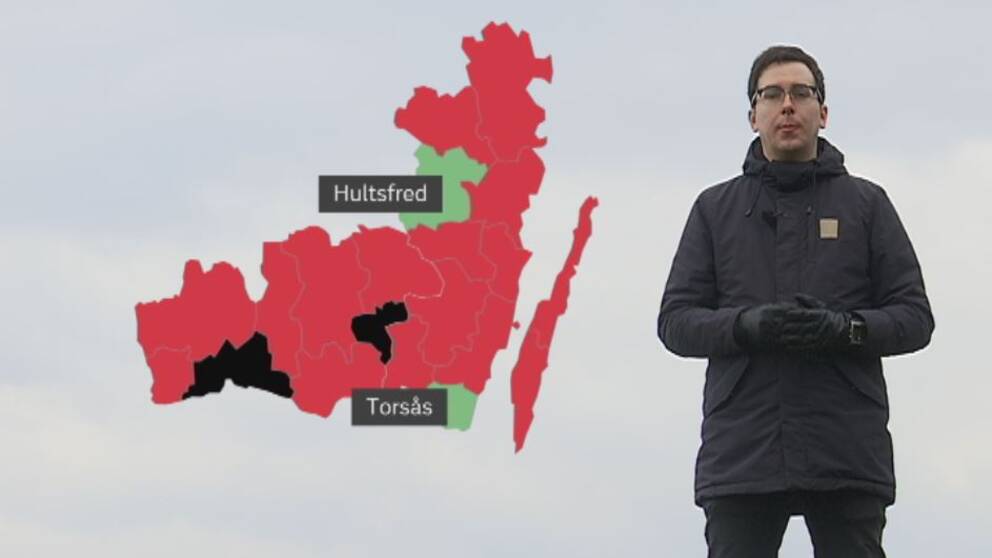The economy is becoming increasingly difficult for the municipalities, yet the worst has not yet happened, explains Annika Wallenskog, chief economist at Sweden Municipalities and Regions (SKR).
- All municipalities are streamlining, and 80 percent are also working on savings, ie they reduce their operations. About 10 percent of municipalities, or 28 out of 290, raise the tax, according to the preliminary data we have now.
The regions receive increased costsThe reason is the heavy burdens that large kindergartens entail, with costs for preschools and schools. Part of the explanation for the growth in the number of children is the large immigration of refugees a few years ago.
Still, the municipalities are not yet as serious as the regions, Annika Wallenskog explains.
- The regions are now allowed to take on the increased costs of the great post-war generations, now that they are getting old and getting sick.
Sure, we live longer, but we often get sick as we get older, despite major folk diseases such as cardiovascular disease.
- For example, cancer diseases are increasing.
The slowdown in the economyIncreased healthcare costs are now costing the regions money.
- The municipalities have not been aware of it yet. Home care and elderly care do not start to cost money until the old people have passed 80 years, and we are not there yet. But it's coming.
Now both municipalities and regions are facing a slowdown, which also reduces the tax base.
- The tax base has increased rapidly in recent years, but it no longer does, says Annika Wallenskog.
The browser is not supported
SVT does not support playback in your browser. We therefore recommend that you switch to another browser.
Learn more about browser support
You need JavaScript enabled in your browser to view this video.
16 out of 20 municipalities in Kronoberg and Kalmar counties are considering savings. SVT's reporter explains why. Photo: SVT
